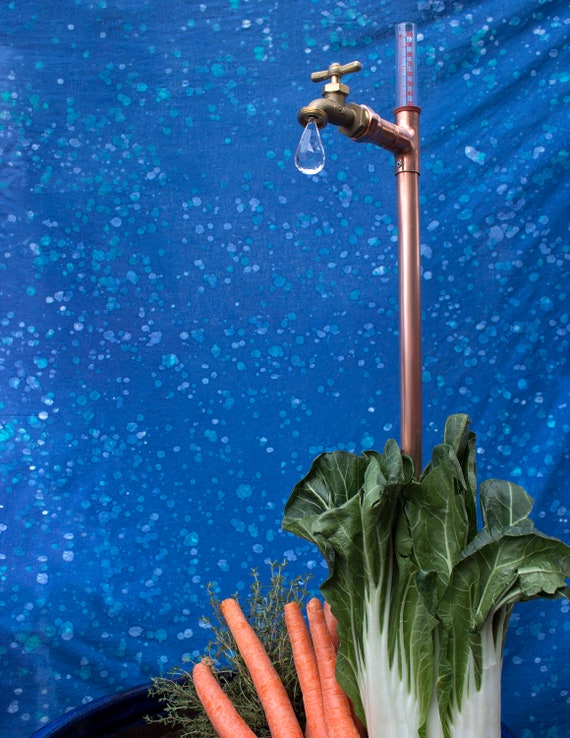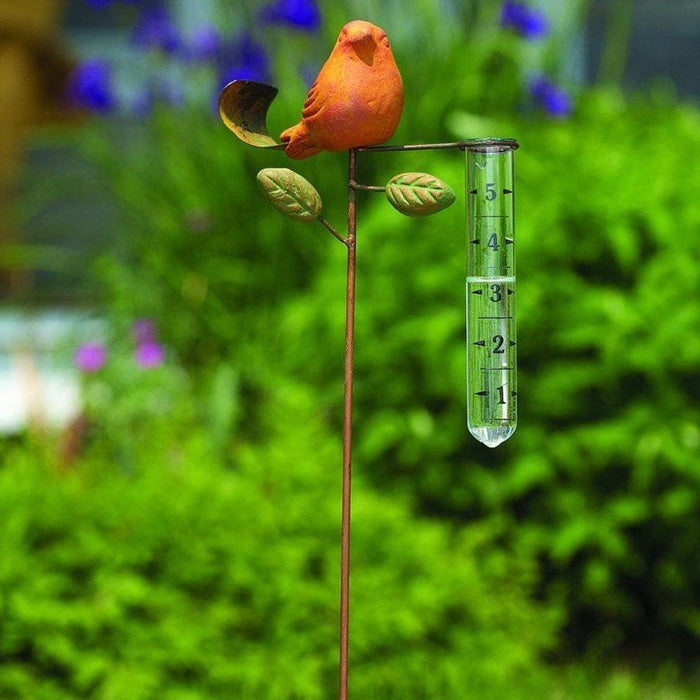Study The Rain Gauge: From Historical Development to Modern Applications
Study The Rain Gauge: From Historical Development to Modern Applications
Blog Article
How to Pick the Right Rainfall Scale for Accurate Rain Data
To get trusted measurements, it is crucial to select the ideal rainfall gauge. Considering variables such as location, type, and precision of the rain scale will aid guarantee exact data collection. Furthermore, recognizing the maintenance and calibration procedures will contribute to the long life and dependability of your rain gauge.
Significance of Picking the Right Rainfall Scale
The relevance of choosing the appropriate rainfall gauge hinges on getting precise and reliable rains data for exact atmospheric evaluation. Rainfall data is crucial for a large range of applications, consisting of climate forecasting, hydrological modeling, and environment research. Undependable or imprecise information can lead to incorrect verdicts and flawed decision-making processes.

Second of all, the accuracy and precision of the rain scale are extremely important. The scale should have the ability to determine rains with high accuracy, recording also percentages of rainfall properly. It must likewise reduce errors as a result of evaporation, wind, and various other environmental factors. Normal calibration and upkeep are vital to make sure recurring accuracy.
In addition, the place and setup of the rainfall gauge are essential considerations. It must be positioned in an open area, away from blockages that might impact rains dimensions. The gauge must be placed at a suitable height and angle to avoid splashing and guarantee correct catchment of rain.
Factors to Consider When Choosing a Rainfall Gauge
When picking a rain scale, there are several essential aspects to think about. There are different kinds available, including basic rainfall assesses, tipping bucket rain determines, and weighing rain assesses.
Another factor to take into consideration is the material of the rainfall scale. Rain assesses can be made from various materials, such as glass, metal, or plastic. The product selected must be immune and durable to weather, making certain that the rain scale will certainly endure the elements and provide precise dimensions in time.
Precision is likewise an essential variable to take into consideration. Try to find rainfall assesses that have been adjusted and evaluated for precision. Attributes such as anti-splash rings and funnels can likewise enhance the accuracy of the measurements.

Finally, take into consideration the climate and atmosphere in which the rain scale will be utilized. Different rain assesses are ideal for various environments, so it is crucial to choose one that is suitable for the problems in your area.
Various Types of Rainfall Assesses Available
To better check out the aspects to consider when selecting a rainfall gauge, it is vital to understand the different sorts of rain evaluates available. There are a number of sorts of rainfall gauges, each with its very own advantages and negative aspects. One of the most typical type is the basic rainfall gauge, also referred to as the cylindrical rainfall scale. This kind consists of a straight-sided cylindrical container with a funnel-shaped top. It is easy to make use of and gives exact measurements of rains.
An additional kind of rain scale is the tipping container rainfall gauge. This scale utilizes a seesaw-like mechanism to collect and measure rains. As the rainfall comes under the scale, it fills one side of the container, causing it to clear the water and tip. The number of tips is counted electronically to establish the amount of rains. Tipping bucket rainfall determines are popular for their accuracy and ability to measure rains intensity.
A third kind of rainfall gauge is the evaluating rainfall gauge. This scale makes use of an equilibrium system to gauge the weight of the collected rains. As the rainfall falls into the scale, it is gathered in a container linked to an equilibrium. The weight of the water is measured, and the rainfall quantity is computed based upon the weight. Evaluating rain assesses are very exact but can be more costly and need regular upkeep.
Lastly, there are additionally remote rainfall gauges that usage progressed technology to measure rains (The Rain Gauge). These evaluates usage sensors and transmitters to send information wirelessly to a central unit. Remote rain evaluates are practical for keeping an eye on rains in hard-to-reach areas or for massive information collection
How to Figure out the Precision of a Rainfall Gauge
One method to evaluate the precision of a rainfall scale is by conducting regular calibration dimensions. Calibration involves comparing the readings of a rain scale to a common dimension, such as a licensed rain gauge or a weather condition station with high precision. By comparing the measurements, any discrepancies or inaccuracies blog in the rain scale can be recognized and accounted for.
To conduct a calibration measurement, begin by collecting rainfall information from both the rainfall gauge and the common dimension gadget over a particular period, such as a month. Then, compare the analyses and determine the difference in between them. This difference is understood as the calibration error.
It is essential to note that calibration measurements should be performed consistently, as ecological aspects, such as wind, debris, and temperature level, can affect the precision of the rainfall gauge over time. By carrying out regular calibrations, any kind of changes in the precision of the rain gauge can be identified and changes can be made appropriately.
In addition to calibration, it is additionally recommended to clean and maintain the rain scale consistently to guarantee its accuracy. Remove any type of particles or obstructions that may impact the precision of the measurements, and look for any kind of indicators of damage or use that might need repairs or replacement.
Tips for Maintaining and Adjusting Your Rain Scale
Normal maintenance and calibration are critical for ensuring the accuracy and dependability of your rainfall scale in measuring rainfall data (The Rain Gauge). By adhering to a few easy ideas, you can guarantee that your rain gauge is properly preserved and adjusted
First of all, it is essential to clean your rainfall scale consistently to avoid any kind of particles or dust from obstructing the rain collection device. Utilize a soft brush and a light detergent to carefully clean the within and exterior of the gauge. Rinse it completely with tidy water and enable it to completely dry entirely before re-installing it.
Second of all, it is suggested to adjust your rainfall scale at least as soon as a year. Calibration involves comparing the measurements of your rainfall gauge with those of a trusted and exact recommendation gauge. This will aid you identify and fix any type of possible errors in your rainfall gauge's dimensions.
To adjust your rain gauge, accumulate a well-known volume of water using a gauging container and contrast it with the dimensions taped by your rainfall gauge. Readjust the readings accordingly to make certain precision.

Final Thought
Finally, picking the ideal rain gauge is essential for acquiring exact rains information. When selecting a rainfall scale, elements such as function, place, and budget should be considered. There are numerous kinds of rainfall determines readily available, each with their own advantages and restrictions. It click over here now is important to regularly preserve and calibrate your rainfall gauge to ensure its accuracy. By adhering to these standards, exact rains information can be obtained for different applications.
There are various kinds offered, consisting of typical rainfall determines, tipping bucket rainfall gauges, and weighing rainfall assesses.To better check out the factors to think about when selecting a rain scale, it is essential to understand the various kinds of rain evaluates readily available. The most typical kind is the basic rain scale, likewise understood as the cylindrical rainfall scale.Another type of rainfall gauge is the tipping bucket rain scale. Calibration entails comparing the readings of a rain scale to a conventional dimension, such as a qualified rainfall gauge or a weather terminal with high precision.
Report this page